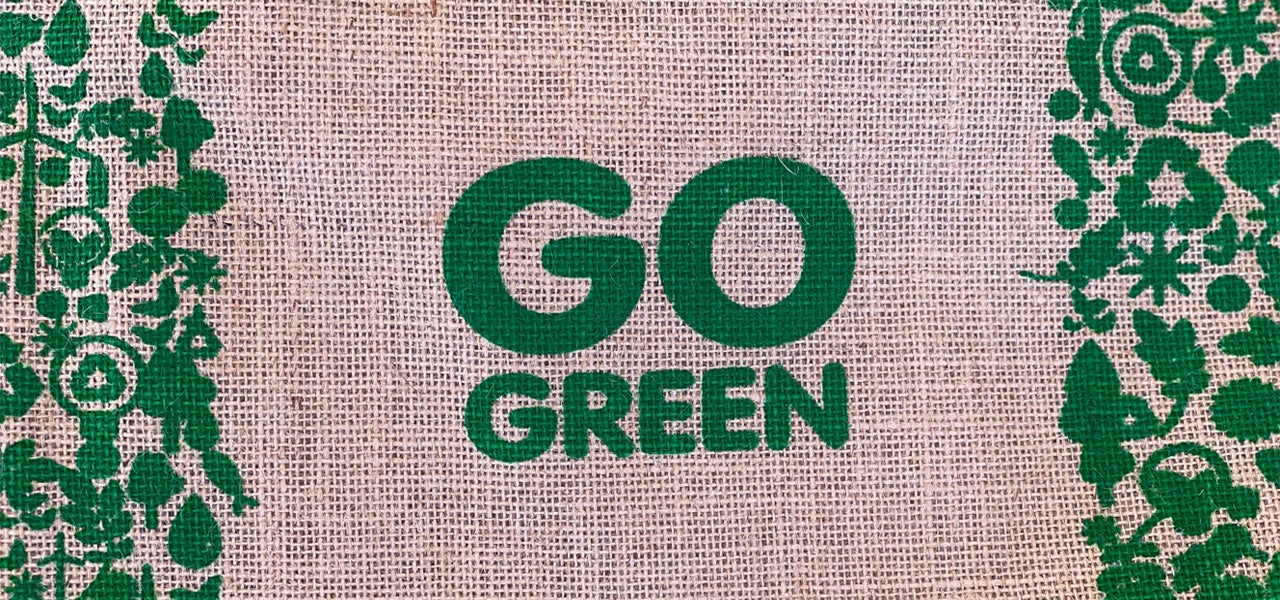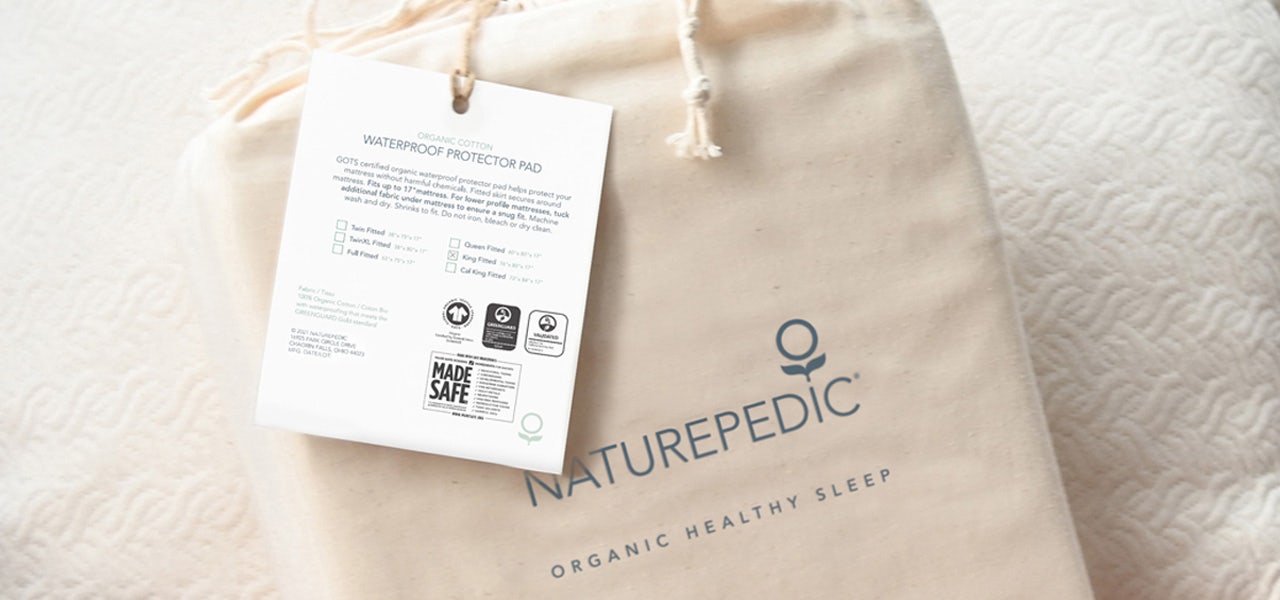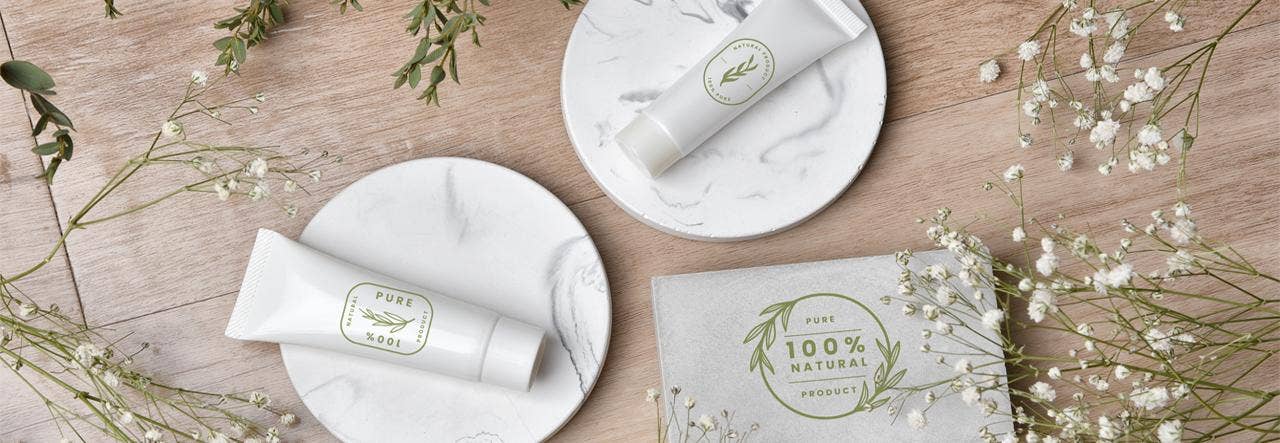Have you ever bought an article of clothing because it was made with “sustainable” fabric? Or maybe you’ve purchased an “eco-friendly” cleaning product or a “green” skincare item?
Who doesn’t love earth tone packaging and an “All Natural Ingredients” callout in an eye-catching font?
You can probably guess by our use of quotation marks that words like “green” and “eco-friendly” can be problematic. Why? Because, these words, along with other environmentally friendly sounding terms, are not clearly defined by any third-party organization or governing body.
Unfortunately, that means that these words mean … well, not a whole lot. Wishy-washy terms have resulted in making it all too easy for companies to do what’s known as greenwashing. This practice complicates shopping for ethically minded consumers who want to support the environment, steer clear of toxic chemicals and feel good about their purchases.
And, in some cases, it means that people who are trying hard to reduce their carbon footprint or shop organic end up making purchases that hurt rather than help the planet.
What Is Greenwashing?
Also known as green sheen or green marketing, greenwashing refers to when companies make false or misleading claims about how environmentally friendly their products, services or business practices are. Taking its name from whitewashing – a deliberate attempt to cover up incriminating details – greenwashing can include:
- Advertising
- Public relations campaigns
- Rebranding
- Mission and vision statements
- Packaging
- Alleged partnerships
Basically, greenwashing can take any form of corporate communication. Greenwashing can also mean not communicating, as in withholding information that reflects poorly on a company.
Why Do Companies Do This?


The short answer is for the money, of course. From office recycling efforts to paperless banking to reusable grocery bags, “going green” has been a big part of our culture for a while now, and many companies have seen that as an opportunity to profit rather than simply to do good.
Additionally, consumers have responded. A 2021 study showed that 78% of people are more likely to purchase a product if it’s labeled as environmentally friendly. The same study reported that 64% of Americans will actually pay more for sustainable products (and that increases to 75% when talking specifically about Millennials.)
Of course, people can make honest mistakes and not every company that’s ever greenwashed is evil. However, businesses do have a responsibility to make sure they can substantiate any claims they make.
Want Some Greenwashing Examples?


Examples of greenwashing aren’t hard to find. For instance, a cosmetics company adds a little aloe vera or Vitamin E and labels its products “natural” even though it has made no changes to the rest of the ingredients. Or, a laundry detergent includes baking soda and displays in big, bold letters on the box that it “cleans with natural enzyme action!” … But the package fails to mention that the product also contains phthalates, sodium laurel sulphate and so on.
In the mattress industry, a common greenwashing example is when mattress companies tout that the foam they use is made from soybeans. What could be more natural, right? Sadly, the soybean content is minimal (sometimes as little as 3 to 5%), and the rest of the material is typically polyurethane foam made with questionable chemicals.
Common Greenwashing Tactics in Marketing
Why is greenwashing so prevalent? Because, with subtle tactics, it’s easy to get away with. Like we mentioned earlier, a lot of companies simply use vague, undefined terms like “natural” or “eco-friendly,” which can be hard to prove or disprove. Here are some additional greenwashing practices to look out for:
Unsubstantiated Claims
Always look for third-party certifications and verifications when vetting a company or product. Some excellent trusted options include the Global Organic Textile Standard (GOTS) and MADE SAFE®, the first non-toxic certification in the U.S.
Pretend Endorsement
Related, if you see a graphic made to resemble a seal or emblem but that doesn’t have any official organization associated with it, be wary. You see this a lot with terms like “100% Natural.”
Irrelevant Claims
Is a company claiming to be free of a toxic chemical … that isn’t typically used in that type of product anyway? Or a chemical that has been legally banned, meaning that every product in this category should be free of it? These are warning signs.
Suggestive Images
We shop with our eyes first more than we like to realize. Websites, packaging and marketing materials that use gorgeous images of lush forests, sparkling streams, etc. may be trying to send a false message. Just remember to look beyond the images.
Lone “Green” Product
What else does the company make? Is this so-called green product manufactured in the same factory where toxic chemicals are used? Is the company making most of its profit off of products that harm the environment?
Hidden Partnerships and Investment
Spend some time researching other companies this brand is associated with. For example, do they produce certified products but invest in endeavors that cause pollution?
Resources to Help You Avoid Greenwashing
The Federal Trade Commission (FTC) has green guidelines that spell out how marketers should address environmental claims. It’s an excellent resource if you want to better understand what companies legally should be doing.
You can also search products on trusted databases. For instance, Environmental Working Group (EWG) is a nonprofit led by scientists, analysts, attorneys and other experts. In addition to its research and advocacy work, EWG provides extensive online consumer guides that make it easy to vet everything from cosmetics and cleaning products to tap water and produce. MADE SAFE offers a similar database that’s also very reputable.
The Naturepedic Approach


At Naturepedic, we believe in transparency regarding our products and business practices. If we say a product is organic, that means that it is GOTS certified organic. If we say non-toxic, we mean MADE SAFE certified. You can read more about all the third-party certifications we hold here.
We’re also transparent about our environmental commitment, and we invite you to view our most recent Sustainability Report.
 BABY
BABY  KIDS
KIDS  ADULT
ADULT  LEARN
LEARN  STORES
STORES 